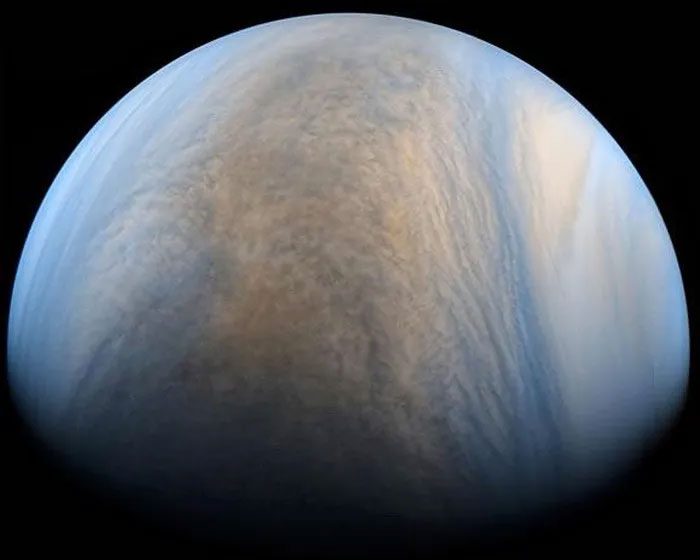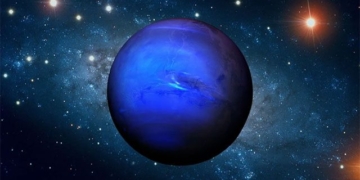In a remarkable discovery, scientists have demonstrated that life could potentially inhabit the deadliest regions of Venus: the acid cloud layers.
According to Sci-News, researchers have long speculated about the possibility of life existing on Venus, not on its scorching surface but within the cloud layers at an altitude of approximately 48-60 kilometers, where temperatures are comparable to those on Earth’s surface.
However, there is a significant obstacle: these clouds contain dense sulfuric acid.

Venus – (Photo: NASA).
Sulfuric acid is a “death compound,” known for its extremely corrosive properties that can brutally destroy biological structures.
Nevertheless, the research team led by Dr. Janusz Petkowski and Professor Sara Seager from the Massachusetts Institute of Technology (MIT) has identified 19 “immortal” amino acids.
In experiments conducted in a simulated Venusian cloud environment, these 19 amino acids remained stable, showing no signs of reaction or chemical change.
On Earth, amino acids are considered the “building blocks of life.” Therefore, the discovery of amino acids capable of surviving despite the presence of dense acid suggests that life may still find a way to slip through the “narrow door” and exist on our neighboring planet.
This new finding also indicates that sulfuric acid is not entirely hostile to organic chemistry, opening the door for the possibility of life existing in other extreme environments as well.
For Venus, this new discovery removes one of the final barriers to the possibility of life surviving.
Previously, other MIT scientists had detected signs of phosphine, one of the recognized biosignatures in planetary science.
Moreover, there is a more fundamental realization within the scientific community: in the Goldilocks zone of the Solar System, there is not only Earth but also Venus and Mars. Venus is considered Earth’s twin at the time of their formation.
The new research has just been published in the scientific journal Astrobiology.




















































